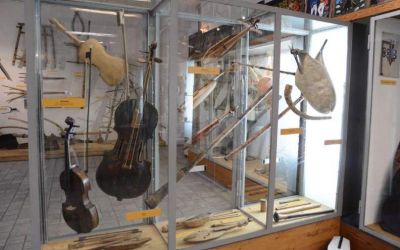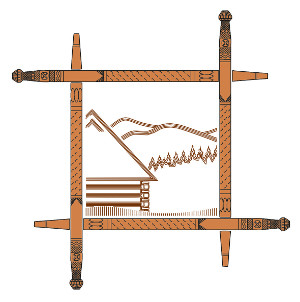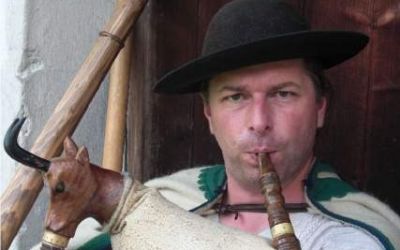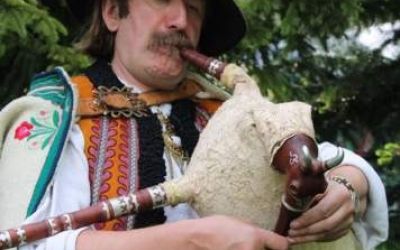
The instruments are usually created by pipers themselves, taking care of their aesthetic decoration. Made of sycamore wood, the head gives the shape imitating the head of a goat. Sometimes, they also decorate it with tin encrustation. One of the most famous Podhale pipers was Stanisław Budz-Lepsiok (1858-1943) called Mroz, grazing sheep in the Tatra Valley of Mała Łąka. Jan Kasprowicz was delighted with his music, he was listened to by Karol Szymanowski and Adolf Chybiński, who described the shepherd as "the virtuoso of the double pipe". Nowadays, playing bagpipes is experiencing a renaissance. The most famous musicians from all over Poland can be found at the annual "Dudaski" - a congress of pipers organized on Holy Thursday in Zakopane. Among them there are young musicians trying their hand at this difficult instrument, and even whole musical families occur, as in the case of Majerczyk from Chabówka or Trebuniów-Tutków from Biały Dunajec. It is worth adding that the instrument and the ability to play bagpipes were inscribed on the National Intangible Cultural Heritage List in 2015. The most bagpipes and pipers (from Poland and Slovakia) can be seen at the folklore event 'Dudaski Tłusty Czwartek' organized at Tłusty Czwartek in Zakopane. President Andrzej Duda has been visiting the event over the past few years. Each meeting is patronized by a different piper. In 2014 it was Bolesław Trzmiel, in 2017 Władysław Trebunia-Tutka, in 2018 Stanisław Gąsienica-Byrcyn. The event was hosted by Szymon Bafia - a builder of shepherd's instruments.
















